ENGLAND
ECT MEDIA
Podcast with Rob Marrs
Webinar featuring Rob Marrs “A Future for the Hordron Edge & Bamford Edge LTE Plots in Derbyshire”
Background
Bracken is an invasive weed of upland and marginal land. Occurring in dense stands it reduces biodiversity, potential grazing area and the conservation value of upland heath and acid grassland.
Experimental Design
There are six main treatments laid out in a randomised block design. These are:
cut once per year (June);
cut twice per year (June & August);
sprayed annually;
sprayed in first year, cut in second year;
cut in first year, sprayed in second year, and
control plot receiving no treatment.
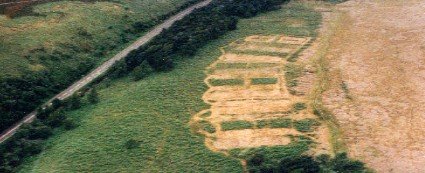



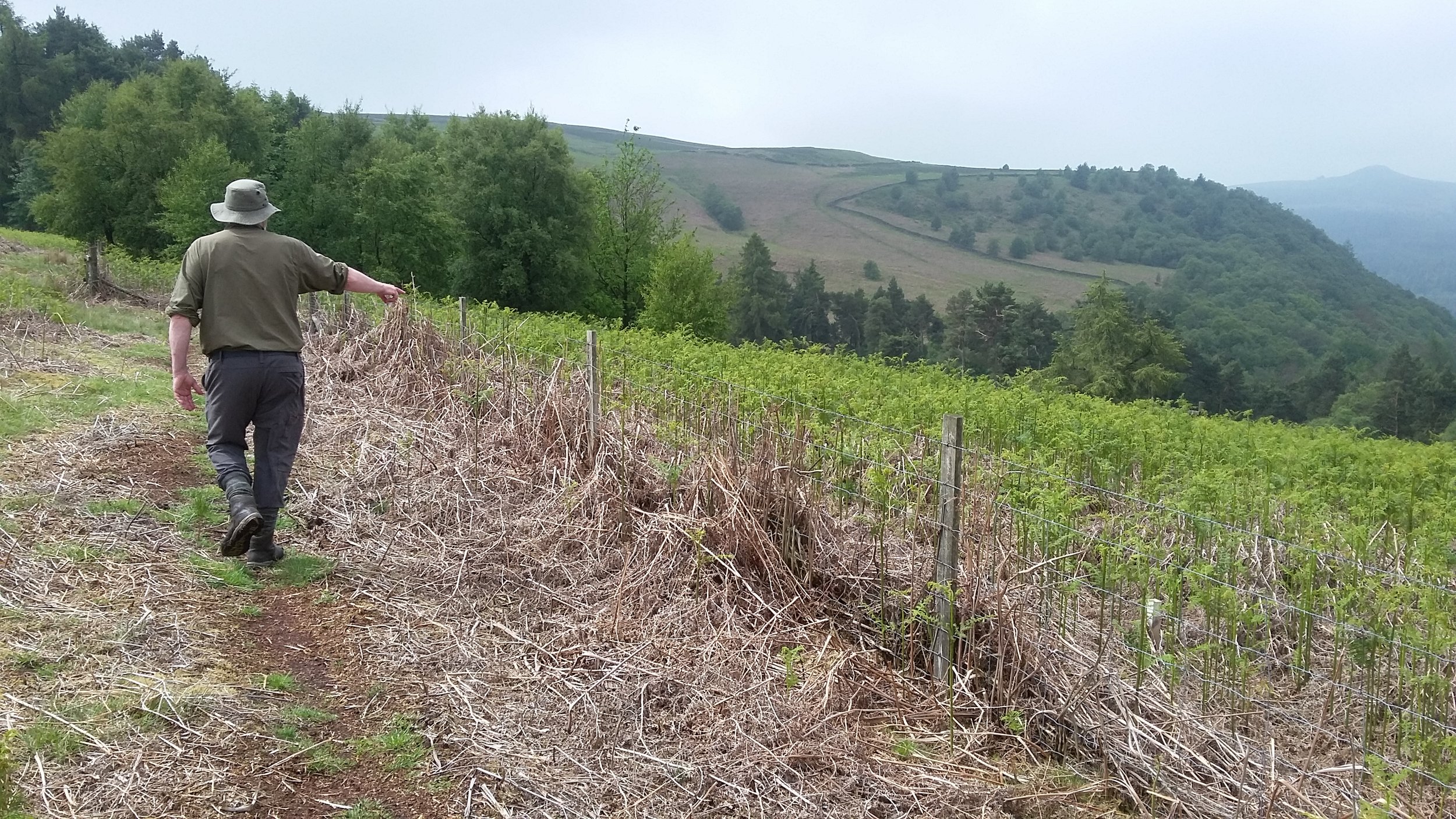





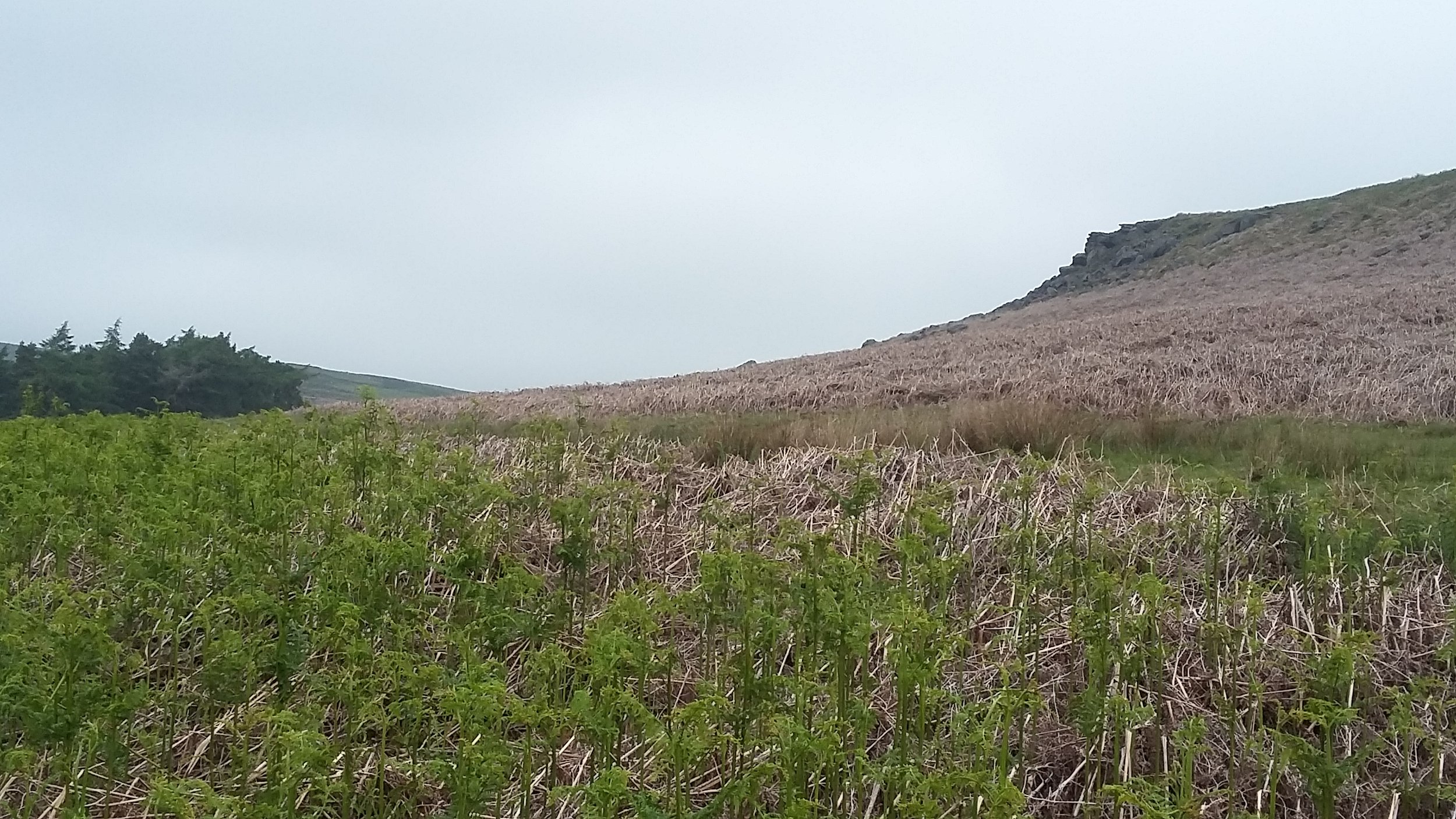

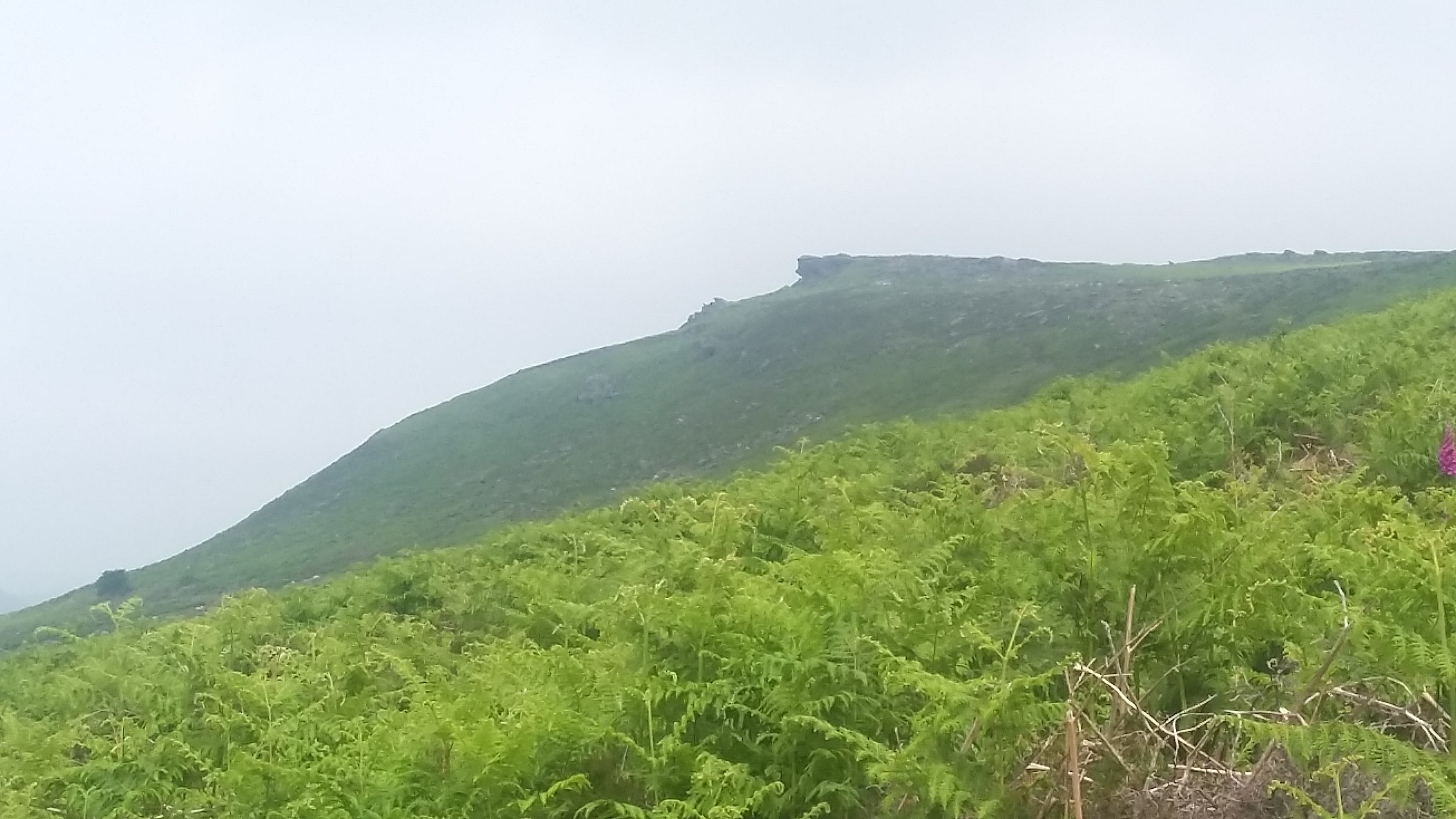
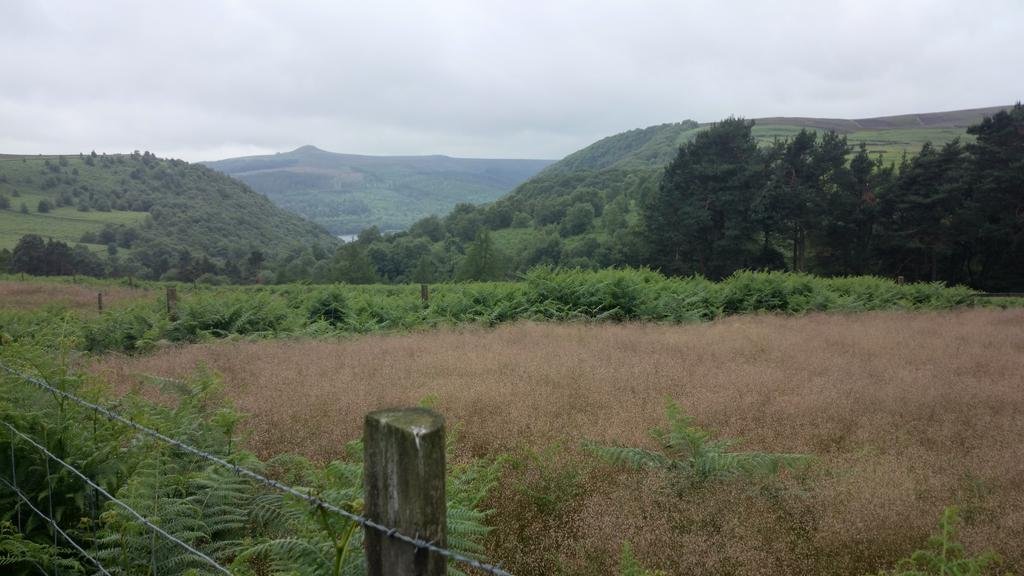

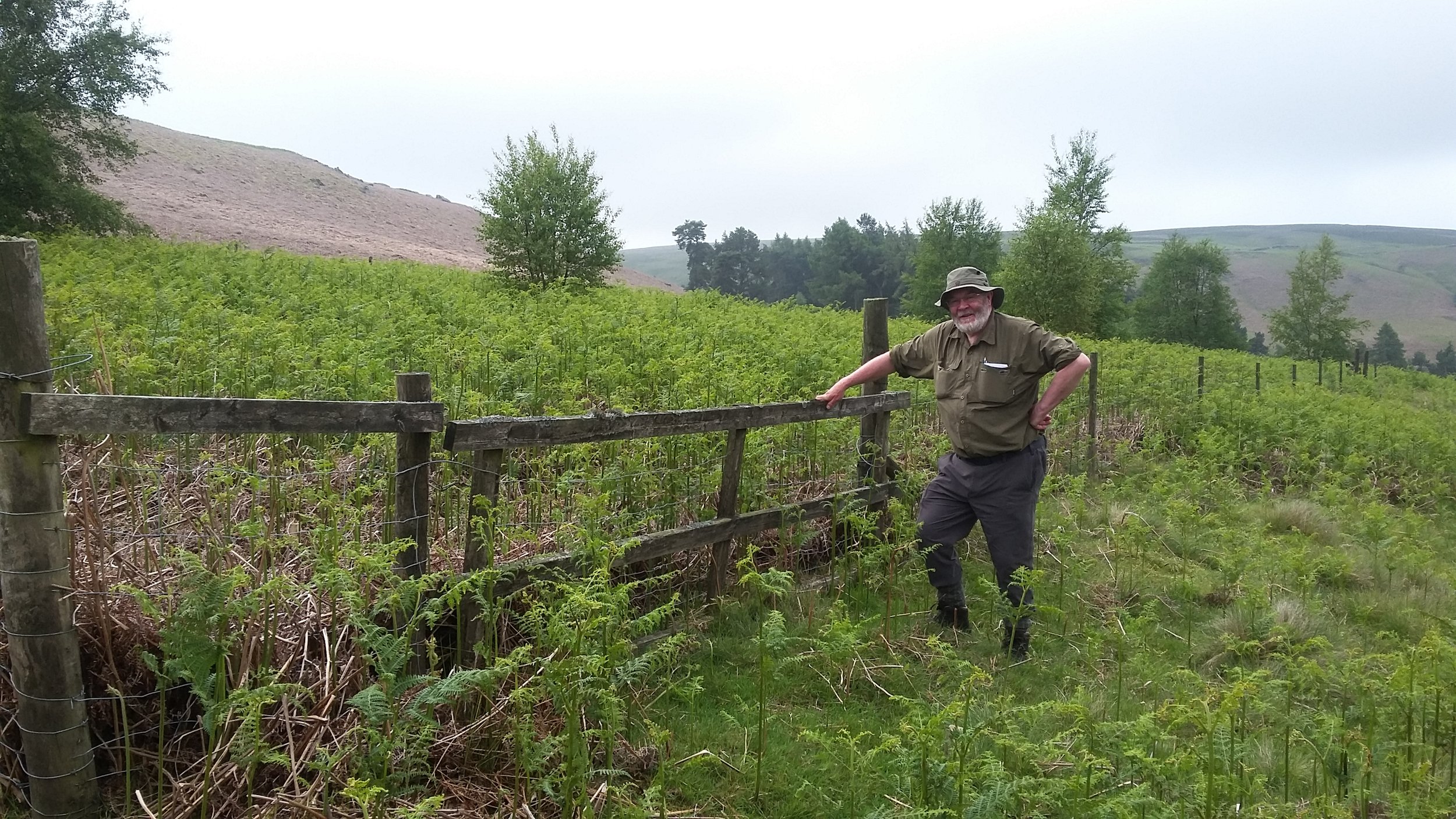
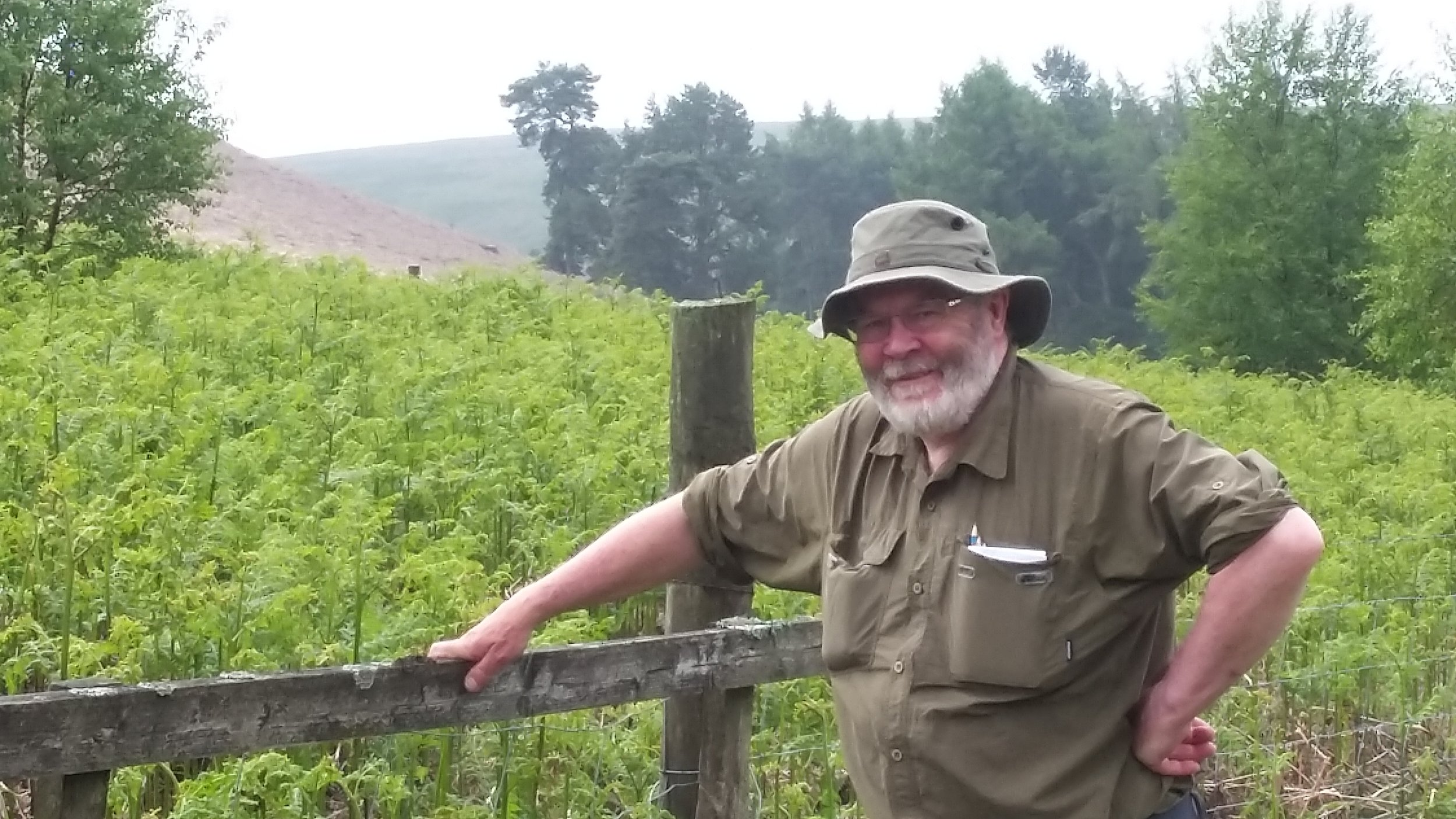
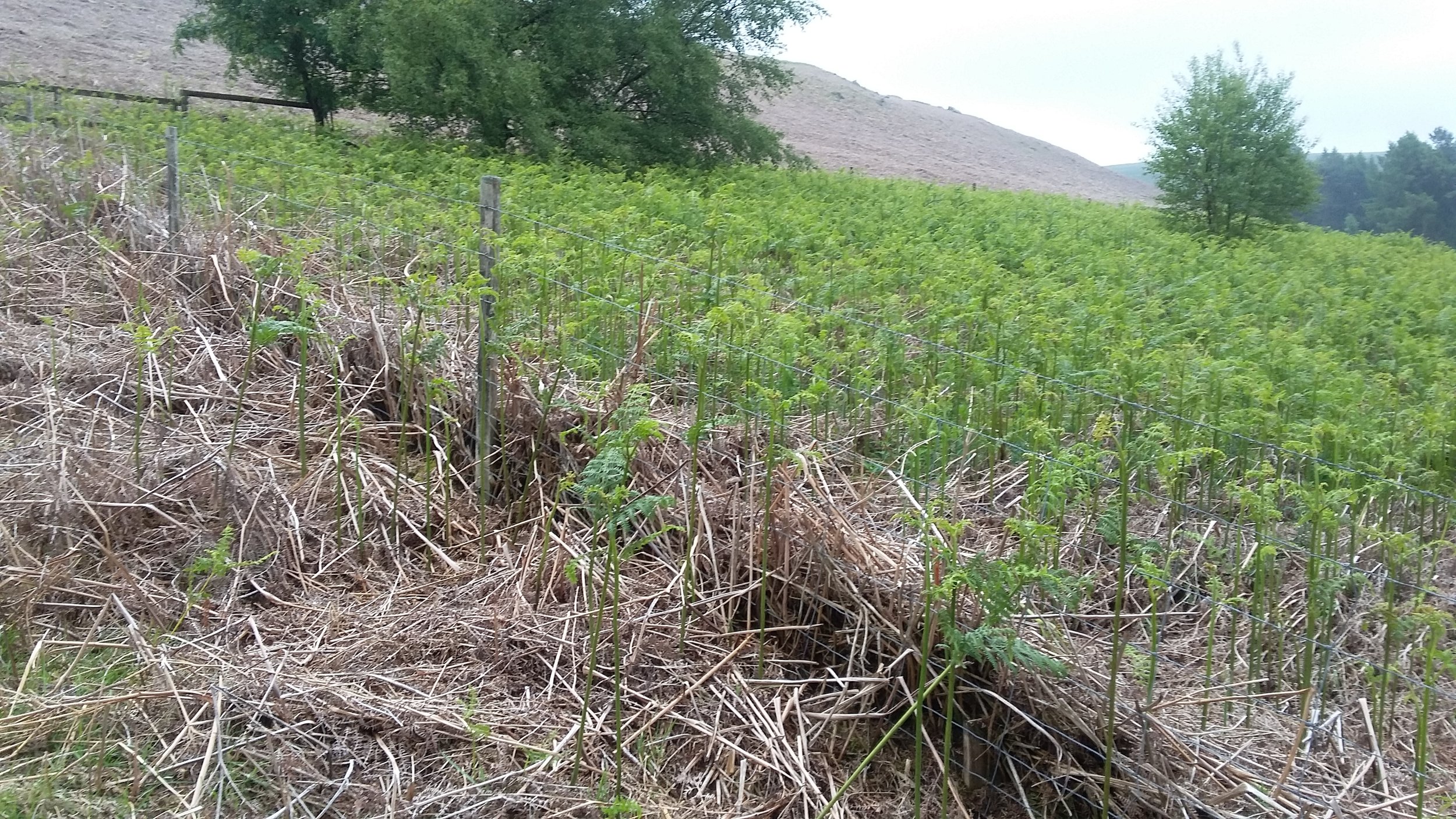

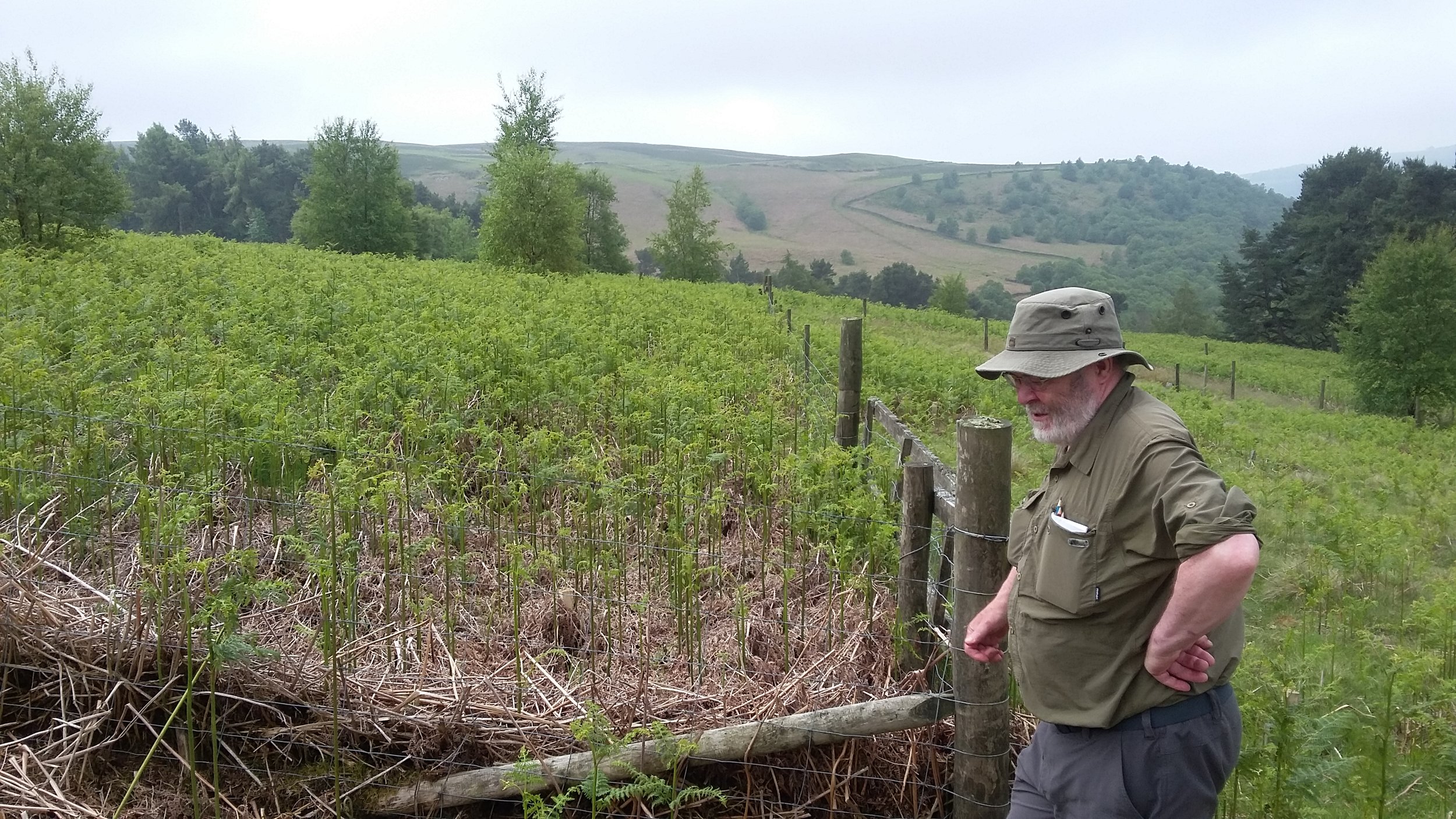
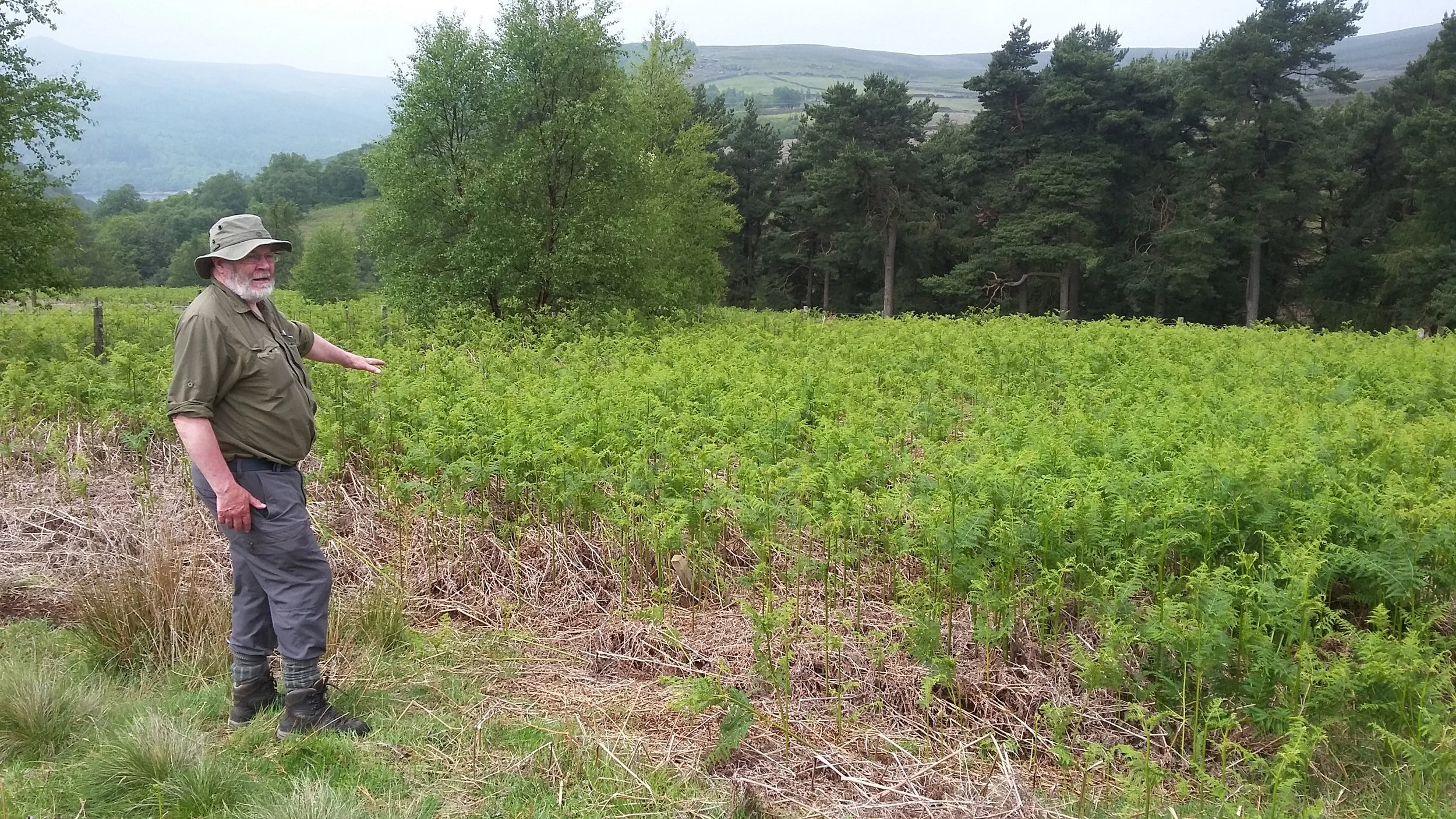





Results
This experiment tests a series of bracken control and vegetation restoration treatments in an integrated way.
Over a 20-year period there has been very good bracken control by either cutting once or twice a year, or by an initial application of asulam followed by annual spot treatment of all fronds.
Since 2013 the treatments have been discontinued and bracken recovery and associated effects on ground flora are being monitored, effectively measuring ecological resilience.




